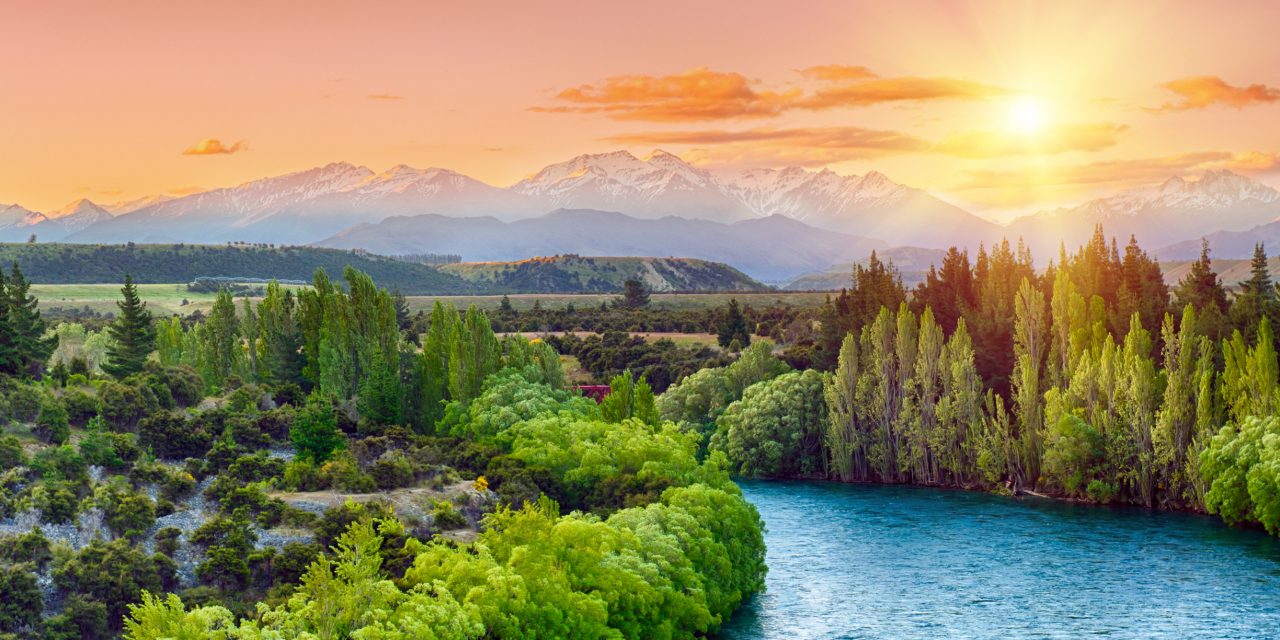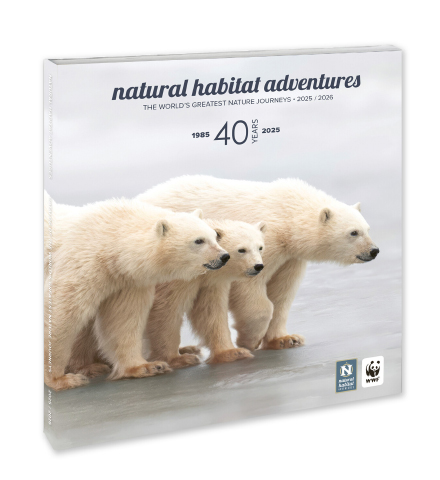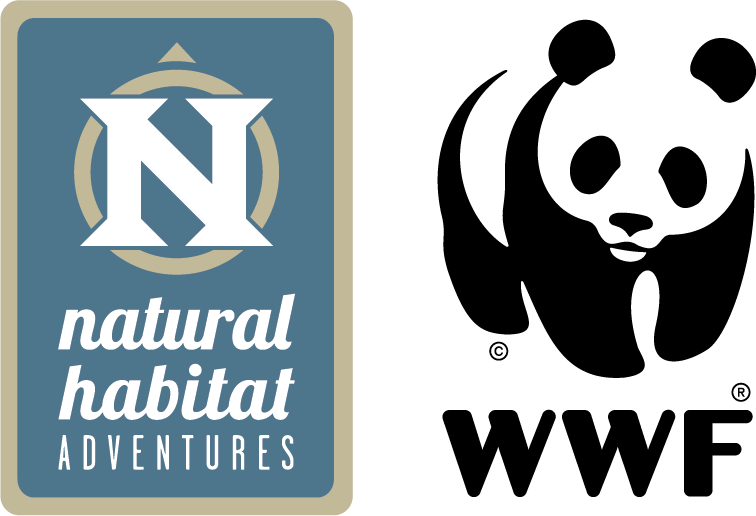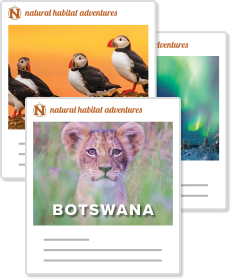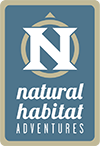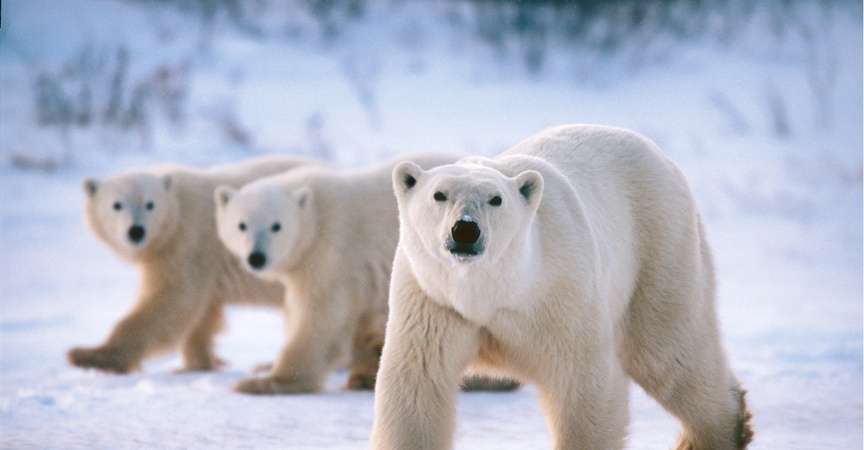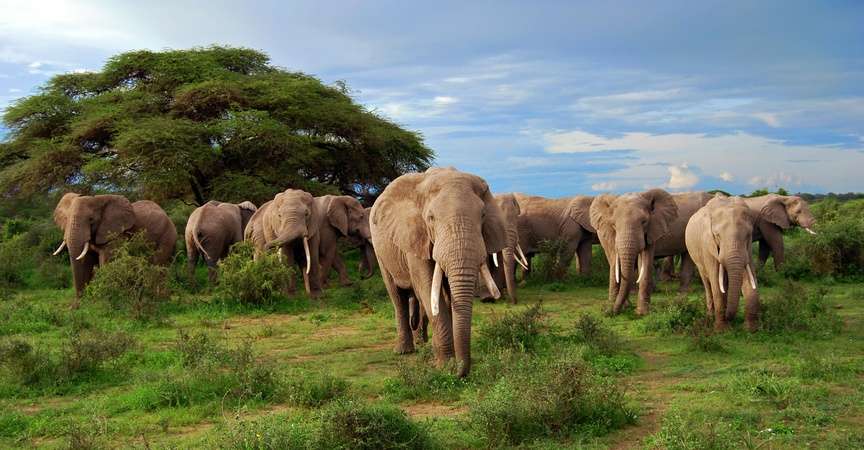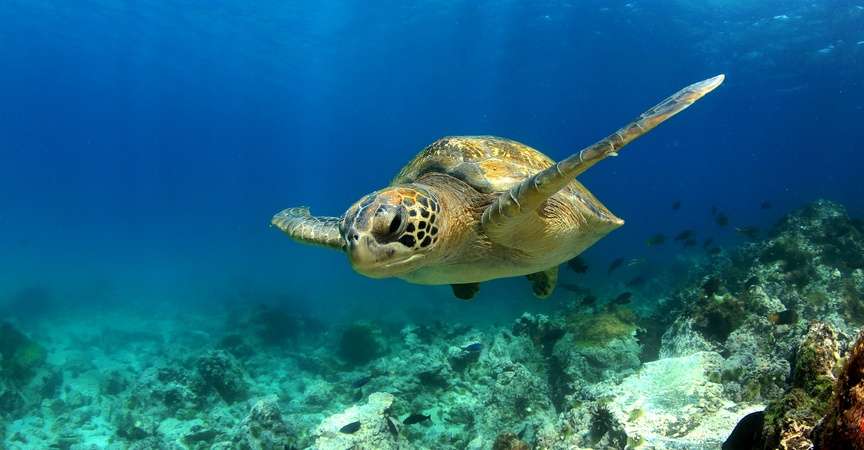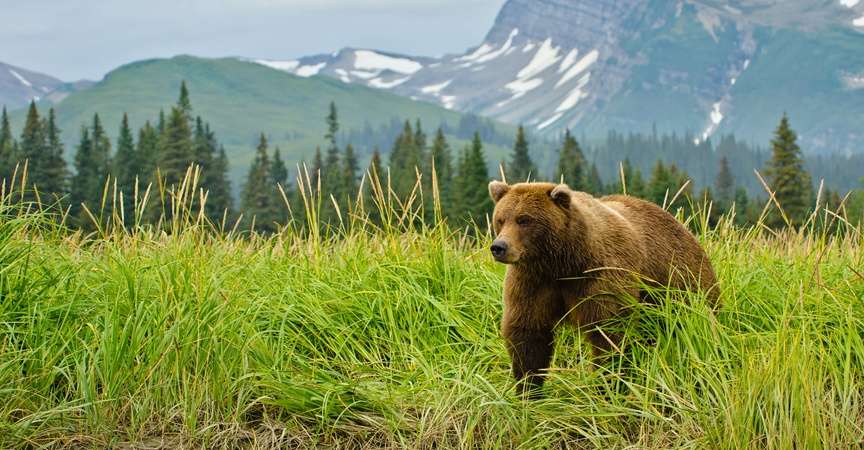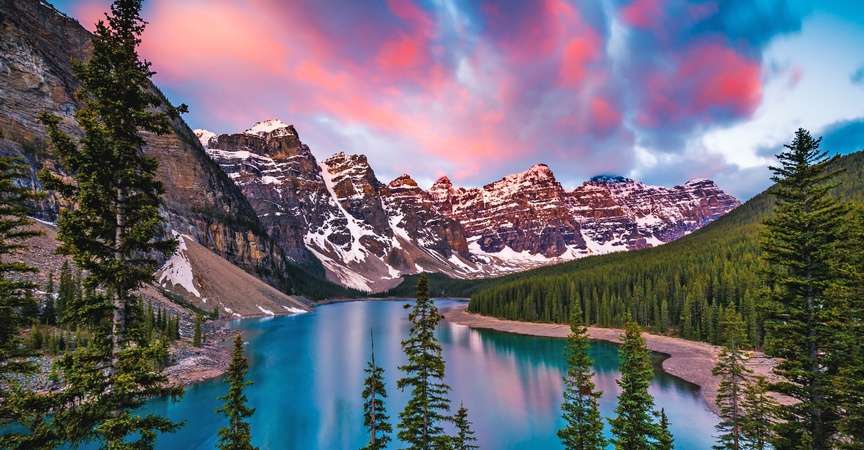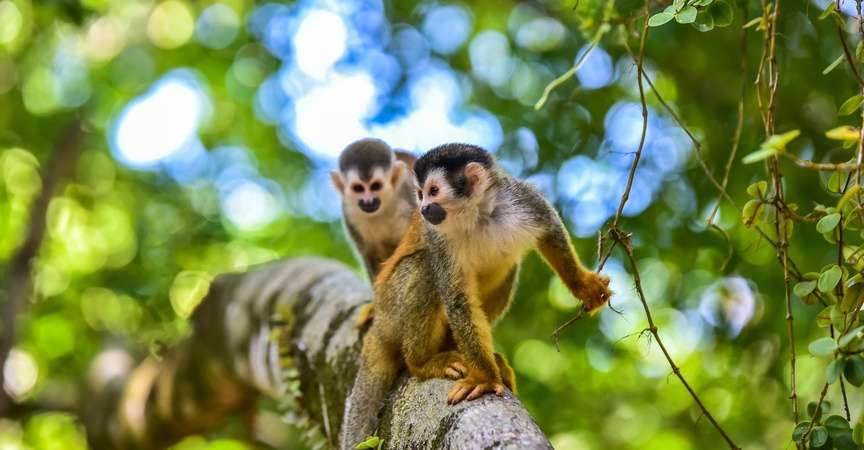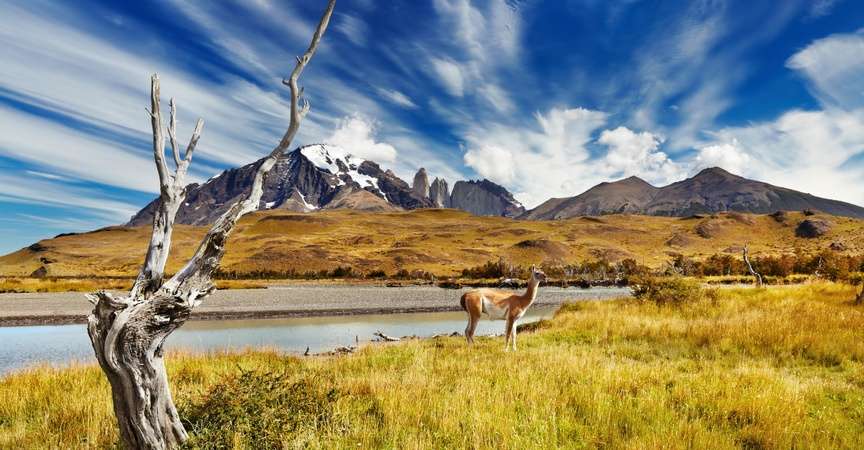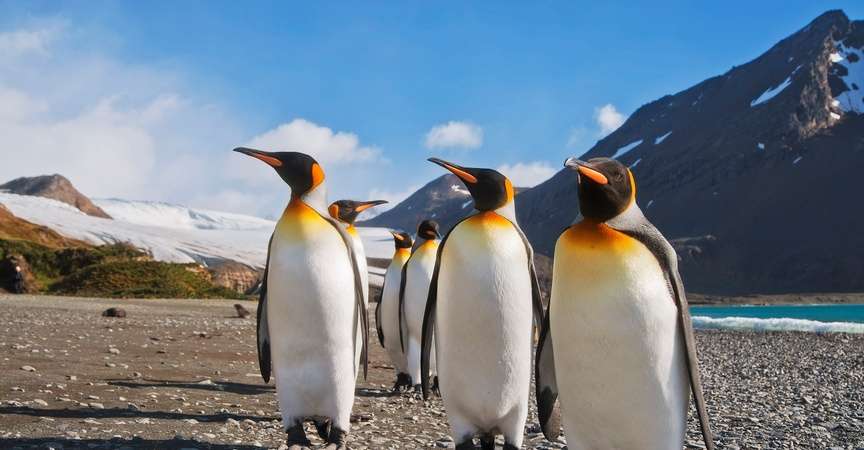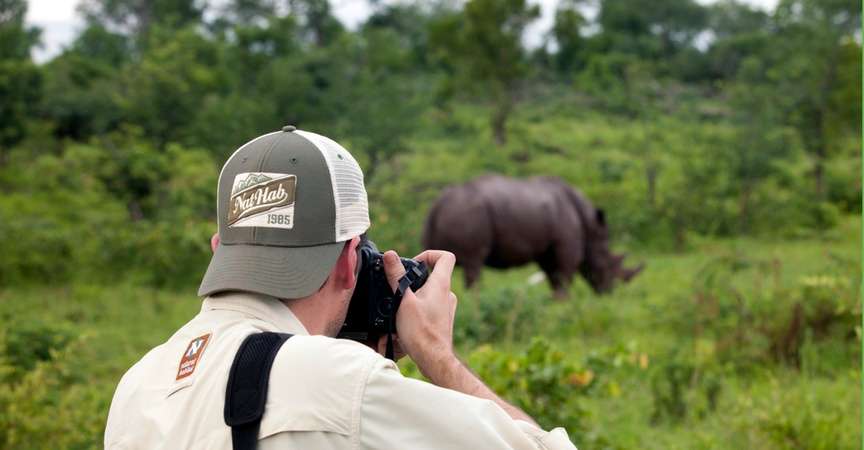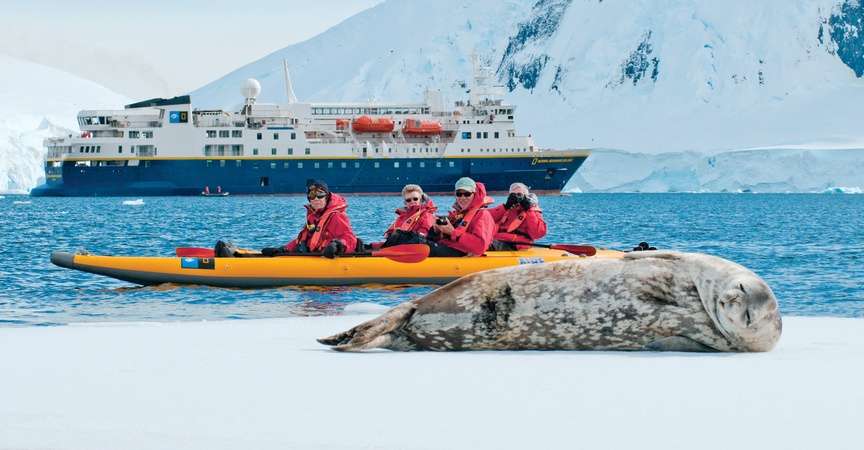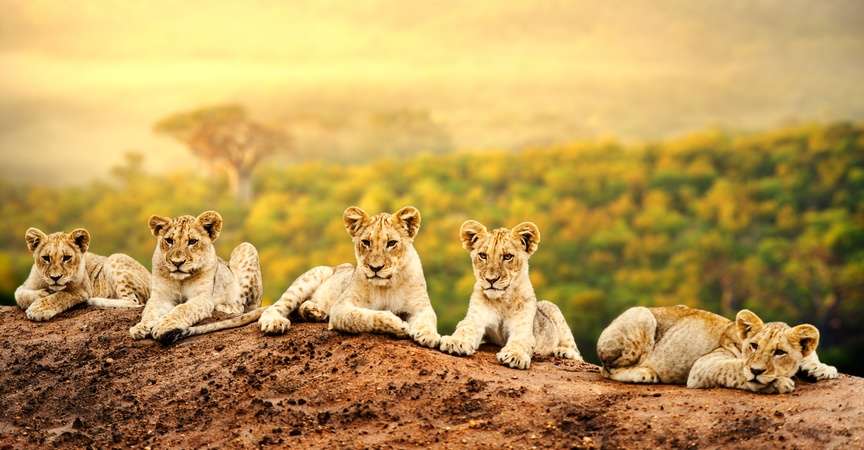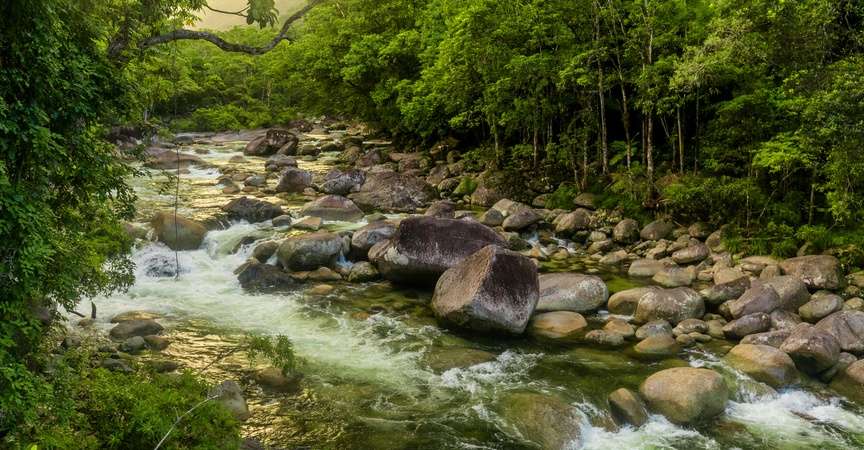Social Media: Selfie Searches and Nature Successes
The ubiquitous social media in our lives has its benefits, including allowing us to interact quickly with our loved ones, network with our colleagues and sh...
Pollinators in Paradise: Discover 9 Overwintering Destinations
Pollinators are nature’s essential workers, ensuring the survival of countless plants and animals while supporting food systems. Nearly 90% of wild floweri...
Six of Africa’s Most Elusive Animals
If you’ve ever been on safari in Africa for any length of time, there’s a good chance you’ve seen some of the continent’s most iconic wildlife, inclu...
Bearded Vultures and Beyond: Where to See Nature’s Clean Up Crew
For many people, our first encounters with vultures are as dark, shadowy, even menacing figures in fairy tales. That’s a shame, because vultures play helpf...
Discover the Desert Secrets of the Southwestern United States
Have you ever seen a greater short-horned lizard scrape its crown of spines along a canyon rim? Smelled the fresh spray of a cascading spring? Heard the love...
Music in Finnish Rock Walls and Scottish Book Margins
Music has been described as “the art of sound.” It’s a way to express beliefs, histories and values. It has shaped cultures and societies around the wo...
4 Fascinating Orca Stories From Around the World
Orcas are among the ocean’s most intelligent and social predators, captivating us with their strong family bonds, advanced hunting strategies, and cult...
Learning From the Polar Bears—and People—of Churchill
By World Wildlife Fund staff members: Michael Crispino, David Kuhn, Laura Brush, and Lisa Steel Most vacations are remembered by the “firsts” experienced...
The Influence of Gophers and the Impacts of Wolves
On the surface, gophers and wolves don’t seem to have much in common. Gophers are small (just a few inches long), burrowing rodents that primarily consume ...
25 Outdoor Hobbies to Try in 2025
One of the things I’ve been reflecting on lately is how to spend my time in ways that are most fulfilling for me. Many of us, myself included, have had som...
Where to Travel in 2025 Quiz: 25 Nat Hab Nature Destinations Named Top Trips
According to the latest World Tourism Barometer from the United Nations, international travel is moving toward more intentional and immersive experiences. As...
5 Health Benefits of Women’s Adventure Travel
Women’s travel, especially solo and adventure-focused travel, has seen a significant surge over the last decade. And while we might think of travel as a lu...
Stories by Destination

Churchill Polar Bears

African Safaris

U.S. National Parks

Alaska

Canada & the North

Galapagos Islands

Latin America

Asia & The Pacific
4 Fascinating Orca Stories From Around the World
Orcas are among the ocean’s most intelligent and social predators, captivating us with their strong family bonds, advanced hunting strategies, and cult...
7 Winter Gardening Tips to Support Pollinators
Pollinators— including bees, butterflies, birds and bats—are essential for healthy ecosystems and our global food supply: According to WWF, almost 90% of...
The Baobab Tree: An African Icon and Longtime Legend
With its bulbous shape and a canopy that resembles an upside-down root system, the baobab tree is an iconic symbol of the African continent. Its origins are ...
Tracking Jaguars with the Onçafari Project: Conservation Travel in Brazil’s Pantanal
It was in the early morning when we first spotted Aracy, positioned near a small waterhole in Brazil’s southern Pantanal region. We followed her through th...
Conservation & Coexistence: Managing Wolves in Yellowstone, Switzerland & Portugal
In 1994, a lone wolf crossed the border from Italy into Switzerland. Within a year, there were two, then pups and sporadic sightings. By 2012, Switzerland ha...
5 Ways WWF is Restoring Mangroves for Climate Resilience & Biodiversity
Mangroves are one of Earth’s most critical ecosystems, buffering coasts from storm surges, serving as vital habitat for aquatic, semiaquatic and terrestria...
The Iberian Lynx Makes a Remarkable Recovery in Portugal
In 2001, WWF declared the Iberian lynx (Lynx pardinus) “the most endangered cat species and the only endemic large carnivore in Europe.” At the time, the...
A Gathering Place: Nat Hab’s Alaska Bear Camp
By Samuel Littauer, Development Officer at World Wildlife Fund Alaska has always carried a certain mythos in my mind—its rugged wilderness, untamed landsca...
Helen Freeman: The “Jane Goodall” of Snow Leopards
Conjuring the Spirit of the Himalaya Ghost Cat “Love at first sight,” is how conservationist Helen Freeman described meeting a pair of Earth’s rarest c...
WWF’s Living Planet Report: Biodiversity, the Climate Crisis & What’s Next
It seems fitting that WWF’s Living Planet Report 2024 arrived in my inbox the day Hurricane Milton slammed into my hometown. I grew up on Little Sarasota B...
5 Indigenous Climate Activists You Should Know
Indigenous activists have always been front and center in protecting the Earth and its resources, and we can all learn from their deep spiritual, cultural an...
4 Million GPS Data Points: WWF Study Reveals Elephant Migration Corridors
A new study co-authored by World Wildlife Fund, Ecoexist, and Elephant Connection, reveals the largest ever GPS tracking database of elephant movement across...
Stories by Topic

Nature & Wildlife

Travel Tales

Conservation

Travel Tips

Nature Photography

News & More



